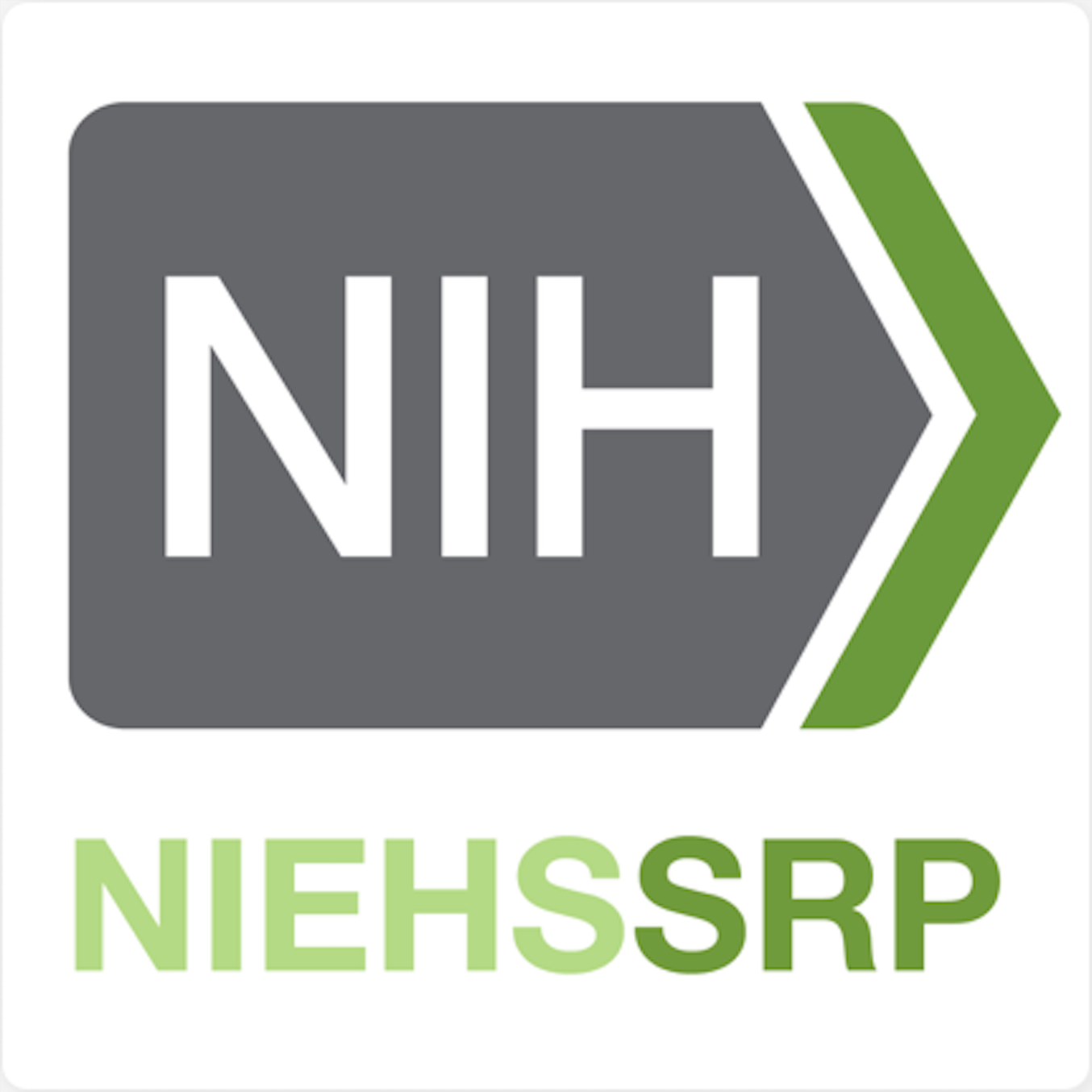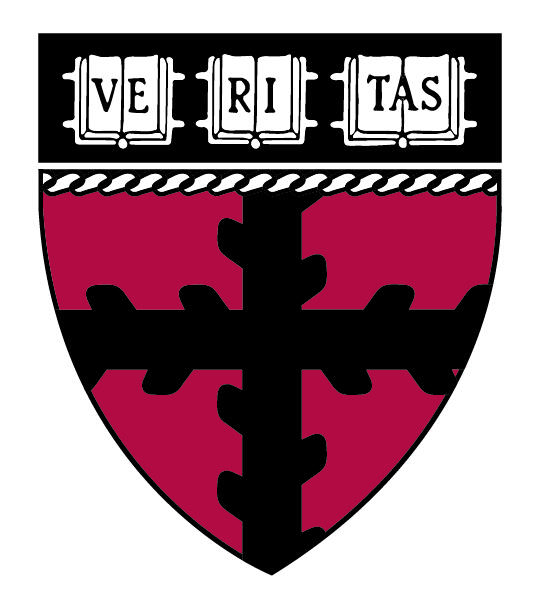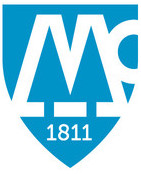About
Four Research Projects and four Cores focused on understanding the relationship between early life metals exposure and late life cognitive health, and engineering exposure reduction strategies
Metals and Metal Mixtures: Cognitive Aging, Remediation and Exposure Sources (MEMCARE) Superfund Research Center (NIH/NIEHS Grant Numer P42ES030990)
 Health concerns of aging—especially cognitive decline and memory loss in older age—have huge public health implications as the United States and world populations are shifting in distribution toward older ages. While a variety of toxicants contribute to cognitive aging, we are focused on heavy metals (Pb, As, Mn, Cd, Cr, and Se) and metal mixtures because, despite years of regulation, clean-up, and remediation efforts, metal contamination in many Superfund sites persists and continues to threaten public health.
Health concerns of aging—especially cognitive decline and memory loss in older age—have huge public health implications as the United States and world populations are shifting in distribution toward older ages. While a variety of toxicants contribute to cognitive aging, we are focused on heavy metals (Pb, As, Mn, Cd, Cr, and Se) and metal mixtures because, despite years of regulation, clean-up, and remediation efforts, metal contamination in many Superfund sites persists and continues to threaten public health.
The Superfund MEMCARE Center is aimed at assessing and evaluating how metals and metal mixtures contribute to cognitive decline and memory loss in older age; studying the biological mechanisms underlying these effects; and developing new ways to detect and remove metal contaminants in drinking water sources.
The Center leads a multidisciplinary team of roughly 18 investigators from nine institutions. The research is supported by a grant from the Superfund Research Program (SRP) of the National Institutes of Health’s National Institute of Environmental Health Sciences (NIEHS). The goal of the SRP is to learn more about ways to protect the public from exposure to hazardous substances, such as industrial solvents and heavy metals including arsenic, lead, and mercury, which are found in contaminated water, soil, and air at hazardous waste sites throughout the U.S.
Mission
The mission of our Superfund center is to understand and mitigate the effects of exposure, particularly early life exposure, to metals and metal mixtures on late life cognitive health.
 Our Center is funded by the National Institutes of Health(NIH)/National Institute of Environmental Health's (NIEHS) Hazardous Substance Basic Research and Training Program (aka the Superfund Research Program) grant number P42ES030990. The Superfund Research Program (SRP) provides practical, scientific solutions to protect health, the environment, and communities. The SRP funds university-based grants to study basic biological, environmental, and engineering processes to find real and practical solutions to exposures to hazardous substances.
Our Center is funded by the National Institutes of Health(NIH)/National Institute of Environmental Health's (NIEHS) Hazardous Substance Basic Research and Training Program (aka the Superfund Research Program) grant number P42ES030990. The Superfund Research Program (SRP) provides practical, scientific solutions to protect health, the environment, and communities. The SRP funds university-based grants to study basic biological, environmental, and engineering processes to find real and practical solutions to exposures to hazardous substances.
 Takao Hensch's lab in the Boston Children's Hospital Department of Neurology Research studies the neurobiology of critical periods of brain development using mouse models. Dr. Hensch is an Investigator on Project 2.
Takao Hensch's lab in the Boston Children's Hospital Department of Neurology Research studies the neurobiology of critical periods of brain development using mouse models. Dr. Hensch is an Investigator on Project 2. Kathy James leads the Colorado branch of our Community Outreach Core, conducting community-based research projects with mothers and children in Colorado's San Luis Valley.
Kathy James leads the Colorado branch of our Community Outreach Core, conducting community-based research projects with mothers and children in Colorado's San Luis Valley. Project 1's quantification of metals in baby teeth samples are being conducted by Brian Jackson's Trace Element Analysis Core at Dartmouth using laser ablation inductively coupled plasma mass spectrometry (LA-ICP-MS).
Project 1's quantification of metals in baby teeth samples are being conducted by Brian Jackson's Trace Element Analysis Core at Dartmouth using laser ablation inductively coupled plasma mass spectrometry (LA-ICP-MS).
 Felicitas Bidlack of the Forsyth Institute (leaders in dental and craniofacial research) works with Project 1 on preparation and analysis of the baby teeth samples collected in the 1950s-1970s as part of the St. Louis Baby Tooth study.
Felicitas Bidlack of the Forsyth Institute (leaders in dental and craniofacial research) works with Project 1 on preparation and analysis of the baby teeth samples collected in the 1950s-1970s as part of the St. Louis Baby Tooth study.
 Elsie Sunderland's Biogeochemistry of Global Contaminants lab at the Harvard SEAS is the home of MEMCARE-SRC's Project 3. Dr. Sunderland's lab develops and evaluates environmental models of and factors controlling spatial and temporal variability in trace metals and organic chemicals. Chemical analysis of water samples for Project 3 will also be conducted at Harvard SEAS.
Elsie Sunderland's Biogeochemistry of Global Contaminants lab at the Harvard SEAS is the home of MEMCARE-SRC's Project 3. Dr. Sunderland's lab develops and evaluates environmental models of and factors controlling spatial and temporal variability in trace metals and organic chemicals. Chemical analysis of water samples for Project 3 will also be conducted at Harvard SEAS.
 Our Center is based that the Harvard T.H. Chan School of Public Health where the labs of Marc Weisskopf and David Christiani (Project 1), Quan Lu (Project 2), and Tamarra James-Todd (Community Engagement Core) are located in the Department of Environmental Health. The Research Experience and Training Cordination Core (Susan Korrick) and the Administrative (Quan Lu) and Research Translation Core (Trina von Stackelberg) are also based in the Department of Environmental Health. Brent Coull and Xihong Lin's groups (Data Management and Analysis Core) are in the Department of Biostatistics.
Our Center is based that the Harvard T.H. Chan School of Public Health where the labs of Marc Weisskopf and David Christiani (Project 1), Quan Lu (Project 2), and Tamarra James-Todd (Community Engagement Core) are located in the Department of Environmental Health. The Research Experience and Training Cordination Core (Susan Korrick) and the Administrative (Quan Lu) and Research Translation Core (Trina von Stackelberg) are also based in the Department of Environmental Health. Brent Coull and Xihong Lin's groups (Data Management and Analysis Core) are in the Department of Biostatistics. ASU collaborators on Project 4 are Paul Westerhoff's lab in the School of Sustainable Engineering and the Built Environment and Chris Muhich's lab in the School for Engineering of Matter, Transport and Energy. Dr. Westerhoff focuses on the safe use of nanomaterial-based technologies for water treatment. Dr. Muhich uses computational and experimental techniques to study environmentally relevant metal oxide reactions.
ASU collaborators on Project 4 are Paul Westerhoff's lab in the School of Sustainable Engineering and the Built Environment and Chris Muhich's lab in the School for Engineering of Matter, Transport and Energy. Dr. Westerhoff focuses on the safe use of nanomaterial-based technologies for water treatment. Dr. Muhich uses computational and experimental techniques to study environmentally relevant metal oxide reactions. Laura Germine at McLean Hospital's Laboratory for Brain and Cognitive Health Technology and the McLean Institute for Techology in Psychiatry is developing innovative web-based tools for measuring cognition in Project 1.
Laura Germine at McLean Hospital's Laboratory for Brain and Cognitive Health Technology and the McLean Institute for Techology in Psychiatry is developing innovative web-based tools for measuring cognition in Project 1.
 Joe Mangano of the Radiation and Public Health Project is cataloging baby teeth for Project 1. The teeth were originally collected as part of a 1958-1970 study by Washington University in St. Louis, which measured build-up of radioactivity from above-ground atomic bomb test fallout. Project 1 will look at level of metals in the teeth and will re-contact the teeth donors for cognitive evaluation.
Joe Mangano of the Radiation and Public Health Project is cataloging baby teeth for Project 1. The teeth were originally collected as part of a 1958-1970 study by Washington University in St. Louis, which measured build-up of radioactivity from above-ground atomic bomb test fallout. Project 1 will look at level of metals in the teeth and will re-contact the teeth donors for cognitive evaluation.
 Julie Zimmerman's lab is in the Department of Chemical and Environmental Engineering at the Yale School of Engineering & Applied Science. Dr. Zimmerman is the MEMCARE-SRC Deputy Director and leader of Project 4, which is developing more selective and safer nanomaterials for water treatment.
Julie Zimmerman's lab is in the Department of Chemical and Environmental Engineering at the Yale School of Engineering & Applied Science. Dr. Zimmerman is the MEMCARE-SRC Deputy Director and leader of Project 4, which is developing more selective and safer nanomaterials for water treatment.